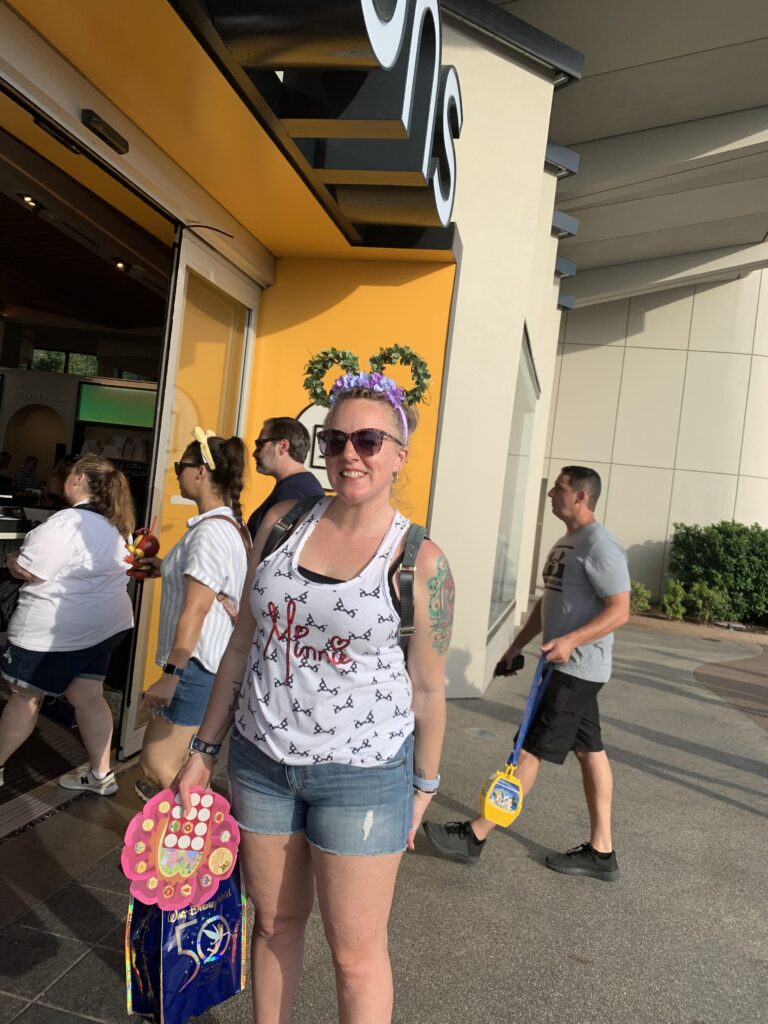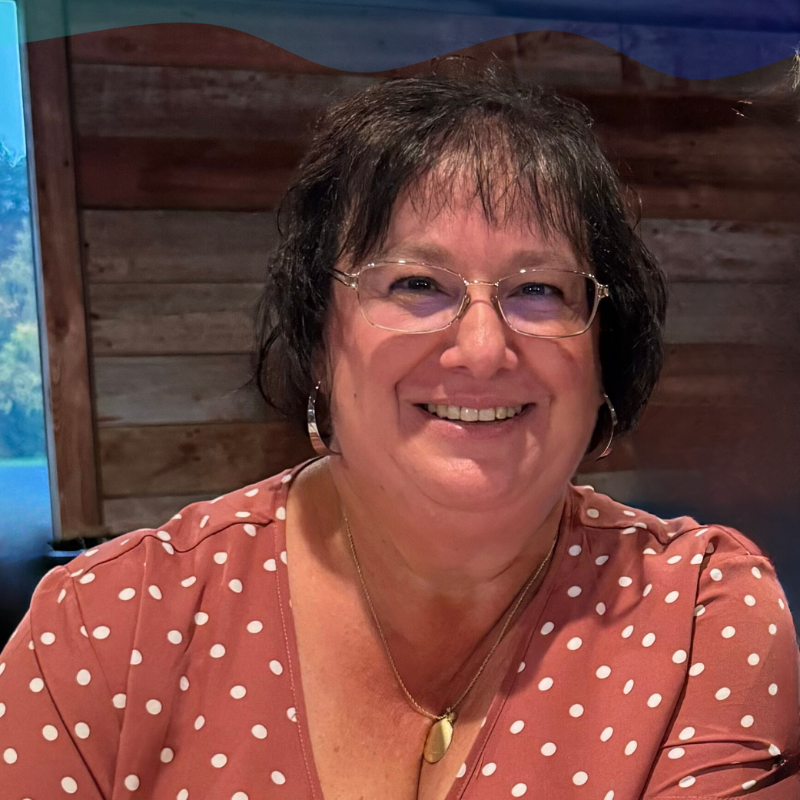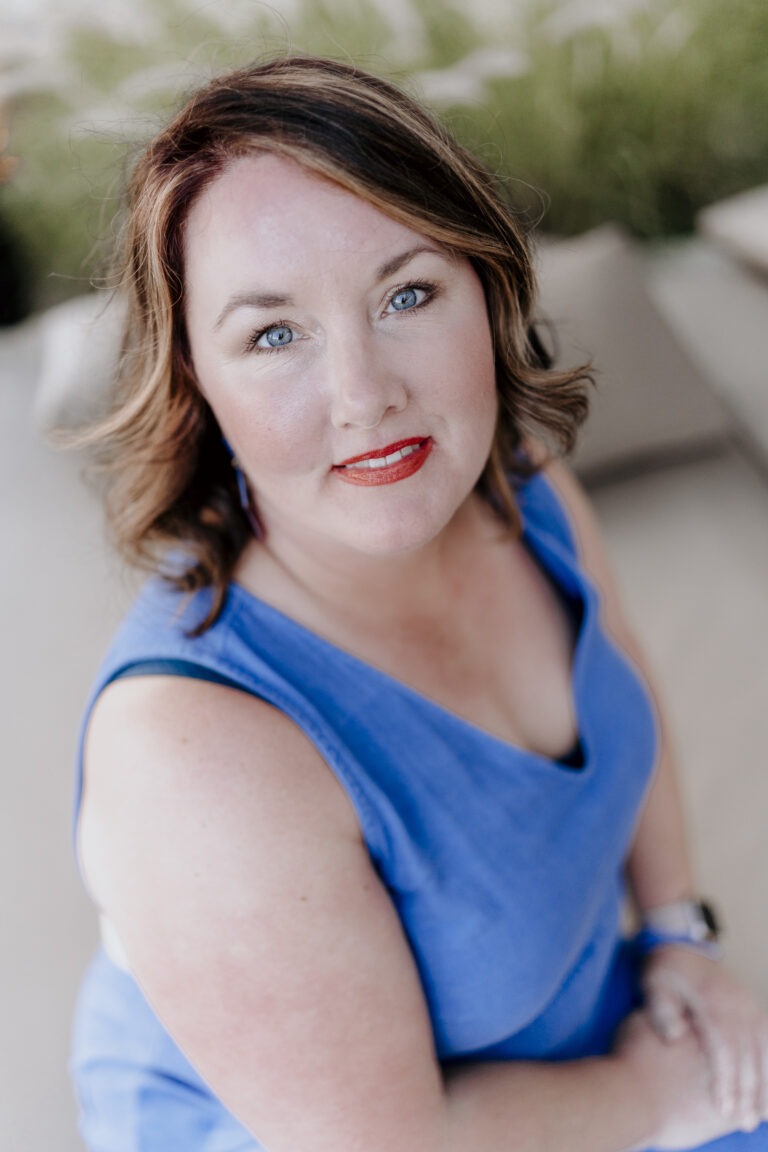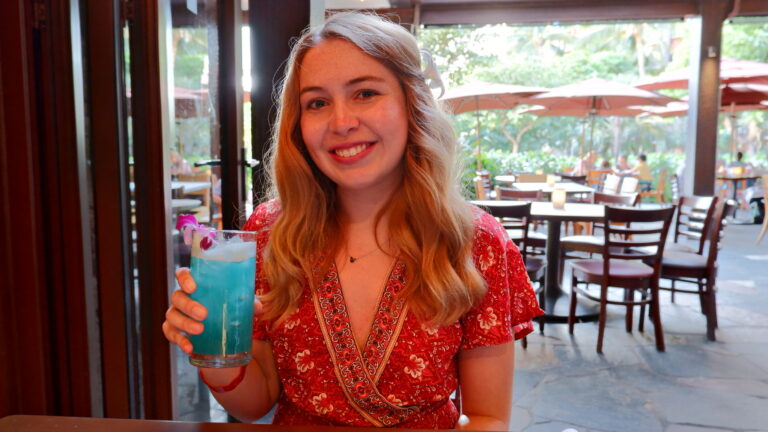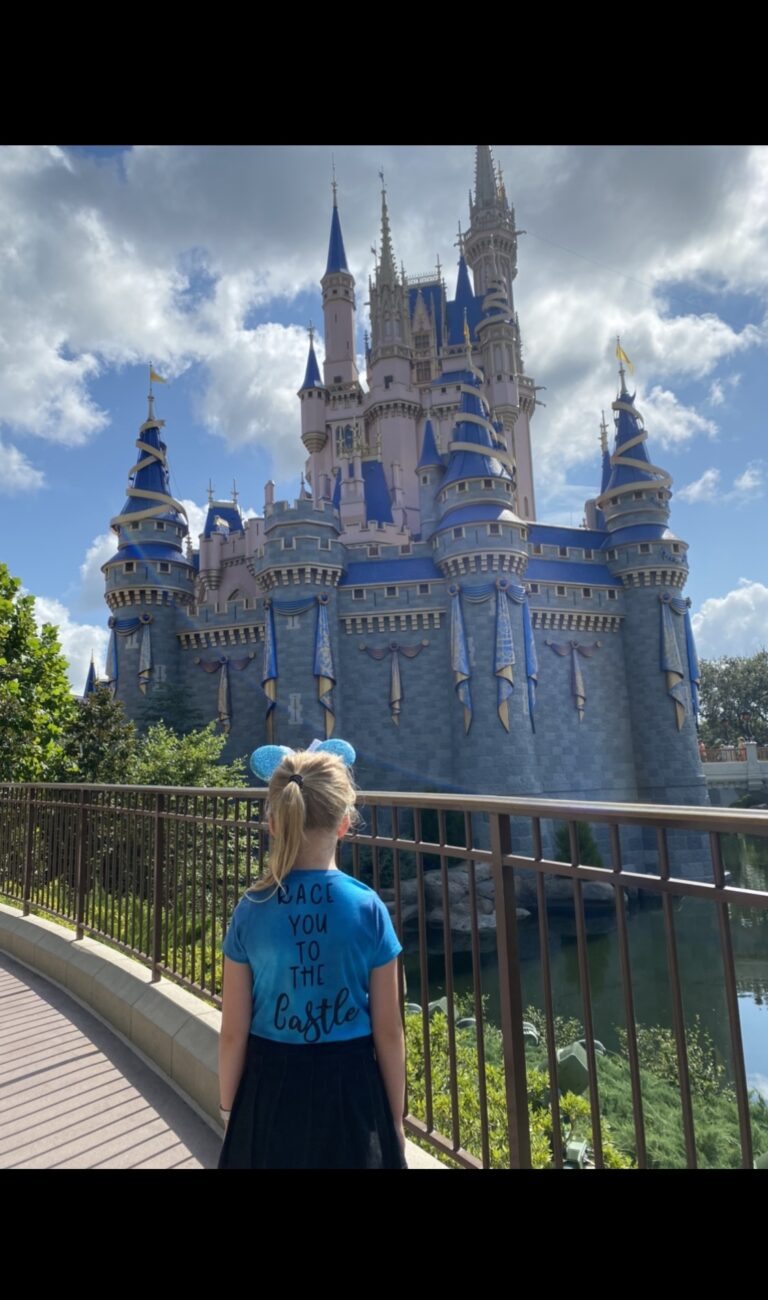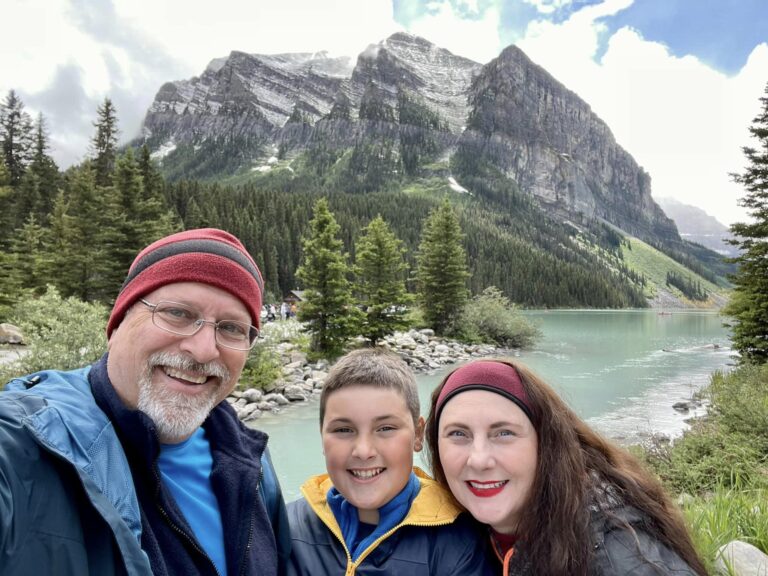Overview
Introduction

Calgary stands confidently on the spacious plains of southern Alberta. Blocks of mirrored skyscrapers make the city look new, which it is: Most of downtown has been built in the past few decades. The city's major businesses are in keeping with this modern image—oil, gas and high technology.
But there's still a wild, frontier side to the town. Cattle lands and farms surround it, and the Rockies rise dramatically in the west. Calgary has acquired a sophisticated demeanor while retaining a cocky, entrepreneurial spirit that stems from the independent, self-reliant cowboy culture that was the city's foundation.
This mixture of the urbane and the untamed gives the city much of its vitality. It's even reflected in the major events associated with Calgary. The same town that showed off its cosmopolitan qualities for the 1988 Winter Olympics also puts on a cowboy hat for 10 days each summer during the Calgary Exhibition and Stampede, the mammoth rodeo that is by far the best-known event in Alberta.
In spite of its cool business image, the city is devoted to preserving nature. It has 19,027 acres/7,700 hectares of green space and 435 mi/700 km of recreational pathways within the city, providing an escape for residents and 180 mi/290 km of on-street bike lanes for commuters. Calgarians love to work hard and play hard, and this is reflected in the wide selection of shopping and entertainment venues. And its broad mix of international cultures is represented by the astounding diversity of restaurant fare.
Must See or Do
Sights—The Calgary Tower for a panoramic view; the indoor tropical garden at Devonian Gardens (best in winter); the restored sandstone buildings on Stephen Avenue Walk; Spruce Meadows for world-class equestrian events.
Museums—The Glenbow Museum for insight into the lives of the area's native people and pioneers; The Military Museums of Calgary for military history; Heritage Park Historical Village for a glimpse into Alberta's lively past.
Memorable Meals—The best steaks in town at Caesar's Steakhouse; abundant seafood at Rodney's Oyster House; upscale Italian at Centini; exceptional regional cuisine at River Cafe.
Late Night—Ranchman's for foot-stomping country music; a good laugh at Yuk Yuk's Stand-Up Comedy; a locally brewed pint at Cold Garden Beverage Company.
Walks—Views of the Rockies at Nose Hill Natural Environment Park; miles/kilometers of bike and pedestrian paths along the Bow River between Inglewood and Edworthy Park; the trails at Fish Creek Provincial Park; a family stroll around Prince's Island Park.
Especially for Kids—The Calgary Zoo, Botanical Garden and Prehistoric Park for its exotic creatures and dinosaur exhibits; rides and amusements at Calaway Park on the city's western outskirts.
Geography
Located on the southern plains of Alberta, Calgary is divided into four quadrants, and the majority of streets are numbered, making it fairly easy to find a location simply by its address and quadrant. The key to the system is the dividing lines: East and west are divided by Centre Street and Macleod Trail, and north and south are separated by the Bow River and Memorial Drive.
All numbered avenues (Third Avenue, Fourth Avenue, and so on) run east-west and increase in number the farther you are from the river. Numbered streets (Sixth Street, Seventh Street) run north-south and increase as you move away from Centre Street. Thus, an address on Fourth Street Southwest would be four blocks west of Centre Street on the south side of the river.
Downtown is on the south bank of the Bow River, surrounding Centre Street and stretching to the west. Kensington, with its trendy cafes and shops, is just northwest of downtown (across the Bow River), near 10th Street and Kensington Road. If you follow Ninth Avenue East from downtown, you'll reach the Inglewood neighborhood. At the northeast corner of downtown, you will find the third-largest Chinatown in Canada (after the Chinatowns in Vancouver and Toronto). The Mission district along 17th Avenue Southwest between Second and 10th streets, is lined with restaurants, bars, coffee shops and boutiques.
The city's downtown and its bordering neighborhoods are on the plain of the Bow River, so it's generally flat and easy walking. Older neighborhoods have plenty of trees, but newer suburbs have a rather barren appearance.
History
The site where the Bow and Elbow rivers meet was often visited by both the Sarcee and Blackfoot tribes, though they didn't settle in the area for extended periods. Fort Calgary was established there in September 1875 by the North West Mounted Police with orders to roust some illegal inhabitants: U.S. whiskey traders operating along the Bow River. The Mounties quickly chased their bootlegging neighbors south, clearing the way for Calgary's peaceful development.
Unlike many settlements in western North America, there was little trouble between the native inhabitants and Calgary's new residents. In the winter of 1880, a small band of Sarcee did hold the fort hostage, demanding a reserve apart from the Blackfoot. The Sarcee Reserve was soon established and is located today in Calgary's southwest corner (it has since been renamed the Tsuu T'ina Nation).
With law and order firmly established and thousands of miles/kilometers of prairie grass beckoning, ranchers moved in and were soon filling the stockyards. These were served by the Canadian Pacific Railway, built between 1881-85. Large numbers of immigrants—Chinese, British, Eastern Europeans and U.S. expatriates—arrived between 1881 and 1914 to work for the ranch- and railroad-related businesses.
In 1894, the city of Calgary was incorporated and chose the fitting motto "Onward" to appear on the official city crest. In 1905, the province of Alberta was carved out of the original Northwest Territories. In 1914, a major natural gas and oil reservoir was discovered in the foothills south of the city. The oil boom, interrupted at intervals by World War I, the Great Depression and World War II, brought an extended period of prosperity and growth.
Today, oil, gas and coal still fuel Calgary's economy, and the energy industry is one of the city's largest employers. The 1990s witnessed an influx of technology companies, and a real-estate boom led to a huge increase in housing and commercial construction. Calgary's location has made it a major distribution center for the Alberta beef industry.
Along with its well-educated workforce, high rate of computer literacy and entrepreneurial drive, Calgary has created new business ventures in advanced technology, manufacturing, retail and tourism.
Potpourri
Chinook winds originate over the Pacific Ocean. On their eastward journey, the moisture-laden winds lose their rain (or snow) over the Rocky Mountains but retain their warmth. As the winds roar down from the mountains, temperatures in Calgary can rise dramatically in just a few hours, turning a winter cold snap into a mess of slush. Chinooks are accompanied by a distinctive cloud formation, the Chinook arch, a long, arching cloud that stretches across the western horizon.
Calgary's Nellie McClung was one of the "Famous Five," five Canadian women who, in 1929, fought for and changed federal legislation to define women as "persons" under the law, thereby allowing women to vote and own property.
Calgary's official elevation—at the airport—is 3,557 ft/1,084 m, but parts of the city are more than 4,183 ft/1,275 m above sea level.
Calgary Stampede Parade grand marshals have included various Canadian prime ministers, Olympic athletes, hockey players, politicians, Bing Crosby, Bob Hope, Walt Disney, Mickey Mouse and Prince Charles.
Calgary's population is young: The median age is 36.4 years.
A number of internationally known musicians hail from Calgary, including singer-songwriter Jann Arden, country-music singer Paul Brandt, and sisters Tegan and Sara Quin of the pop band Tegan and Sara.















